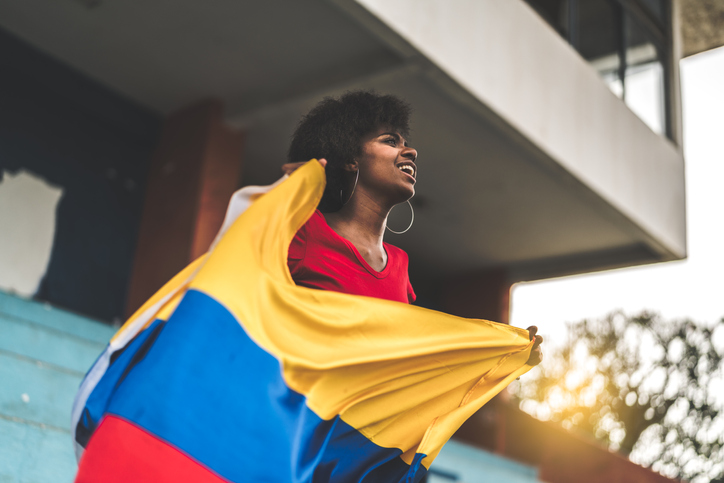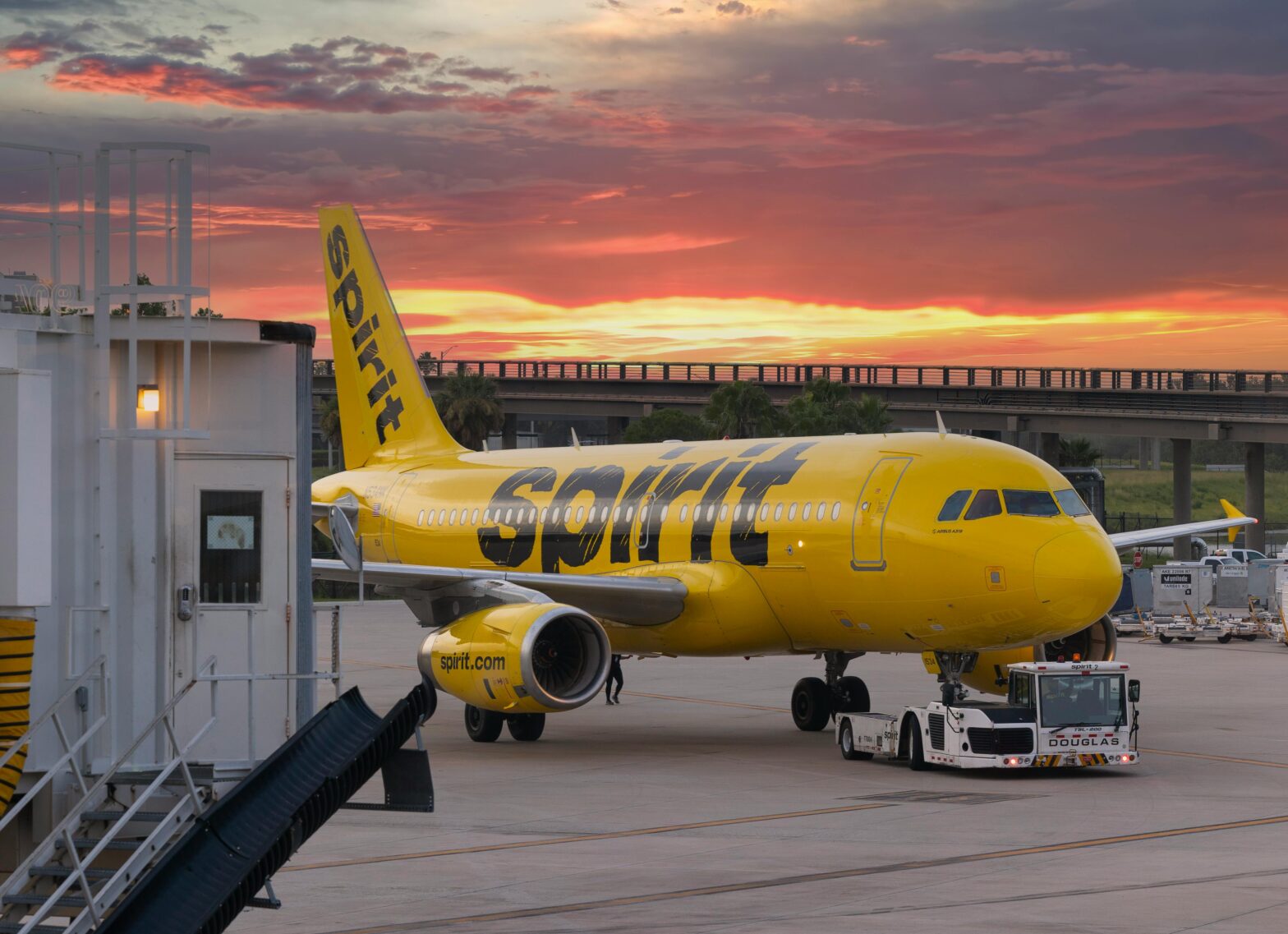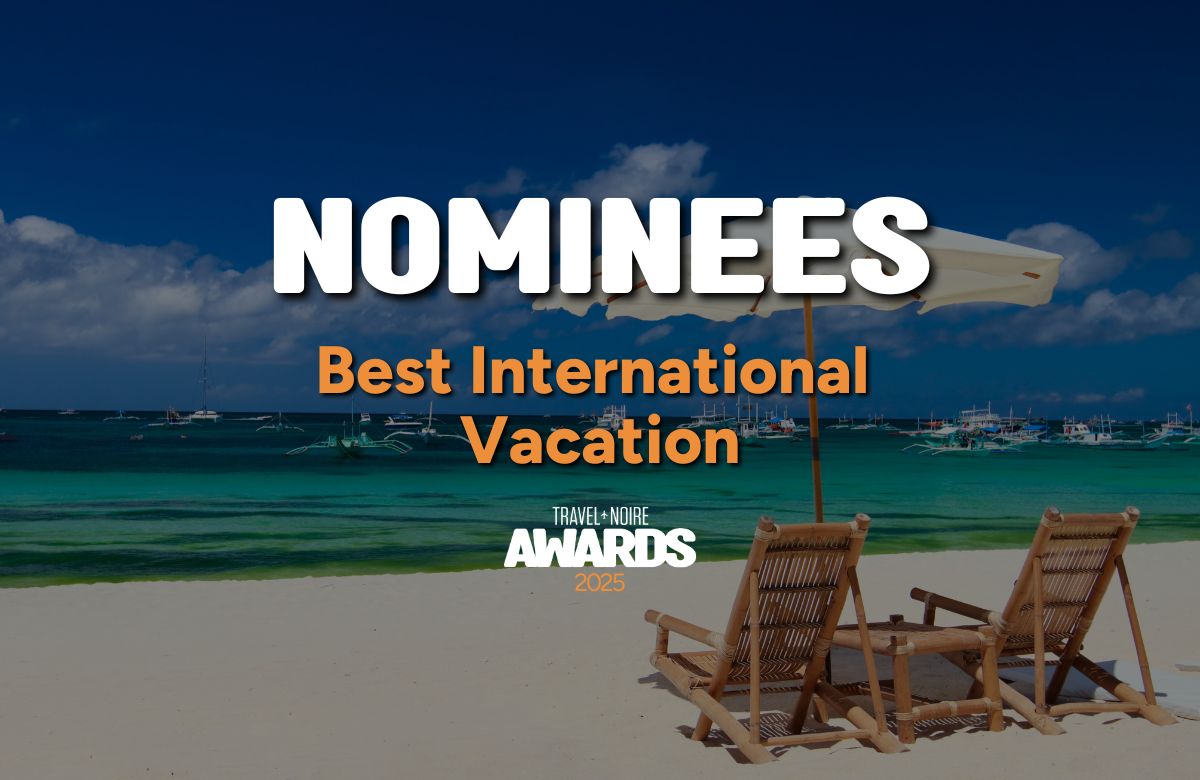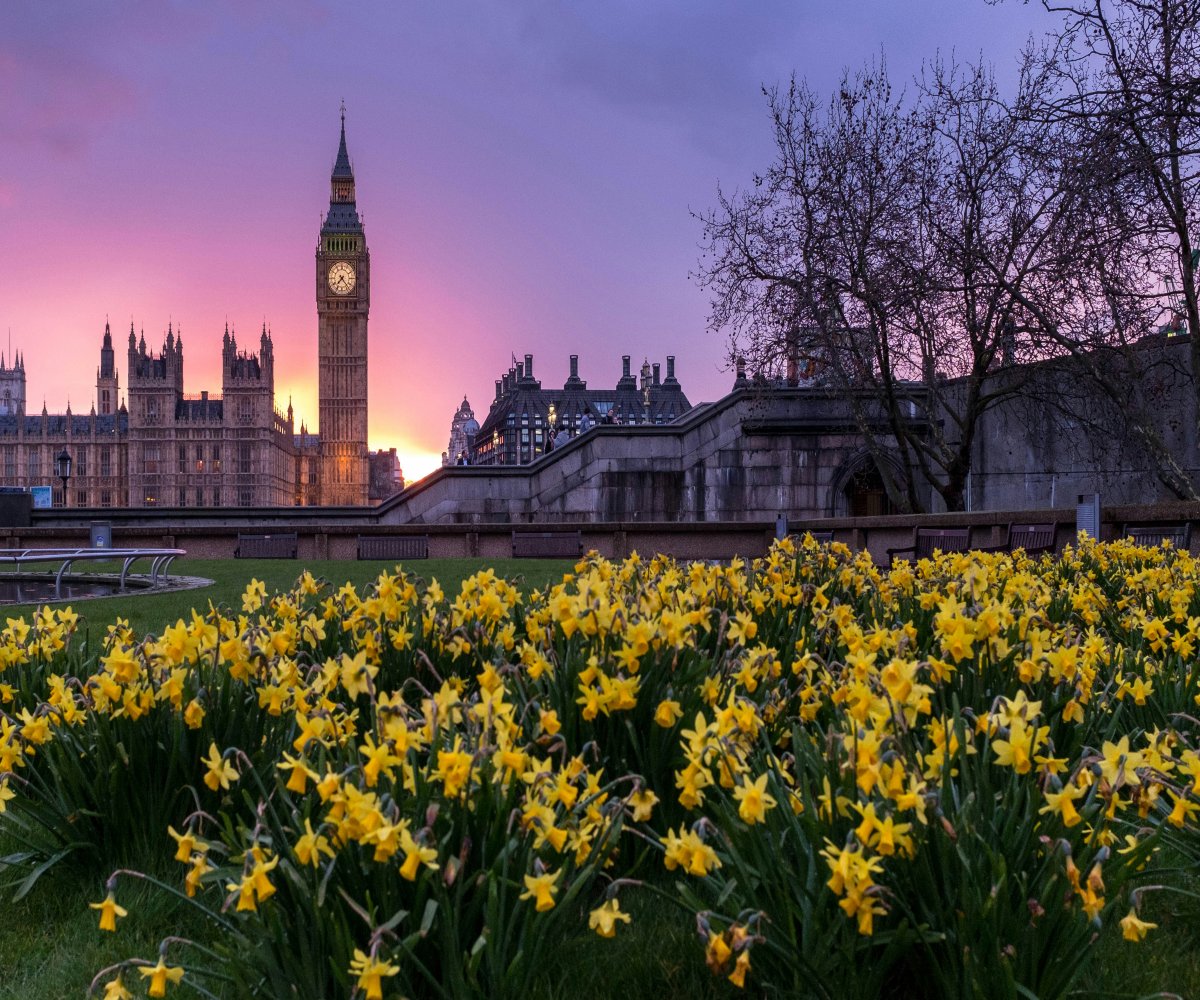Colombia is home to the first free slave town in the Americas.
Known to many as San Basilio de Palenque, also referred to as Palenque, the village is home to approximately 3,500 Afro-Colombians who are the direct descendants of African slaves.
The word “Palenque” translates to “walled city” – refers to one of many walled communities founded by escaped slaves for refuge in the 17th century in the country.
The Palenque de San Basilio village was proclaimed Masterpiece of the Oral and Intangible Heritage of Humanity by UNESCO in 2005 because it encompasses social, medical, and religious practices as well as musical and oral traditions with African roots.
If you’re planning a trip to Colombia, here’s how to explore Afro-Colombian culture during your visit.
First thing’s first, you should take a guided tour with Alex Rocha, the founder of The Real Cartagena Travel Agency.
RELATED: Inside The Only Black-Owned Tourism Company In Cartagena
Rocha launched his tourism company out of frustration of being told what to do at his previous company. He designed his own tours to help create authentic experiences for visitors to Cartagena by including the contributions from those of African descent.
Your next stop should be visiting the monument of Benkos Bioho. Bioho established the community of San Basilio de Palenque in the 16th century. The success of Palenque breaking free of Spanish rule is attributed to Bioho’s leadership.
Next, you should head to the Plaza de Los Coches. It’s a lively and historic plaza in Cartagena. The plaza was the main slave market in the 1500s. Throughout your stroll in the plaza, you will see people along Dulces Alley selling sweet treats and there’s a reason for that.
After slavery was abolished in Colombia, women started their own businesses by selling home goodies, including coconut macaroons known as cocadas.
Lastly, have dinner at La Cocina De Pepina. Visitors say it’s one of the best Afro-Caribbean food spots in Cartagena.





